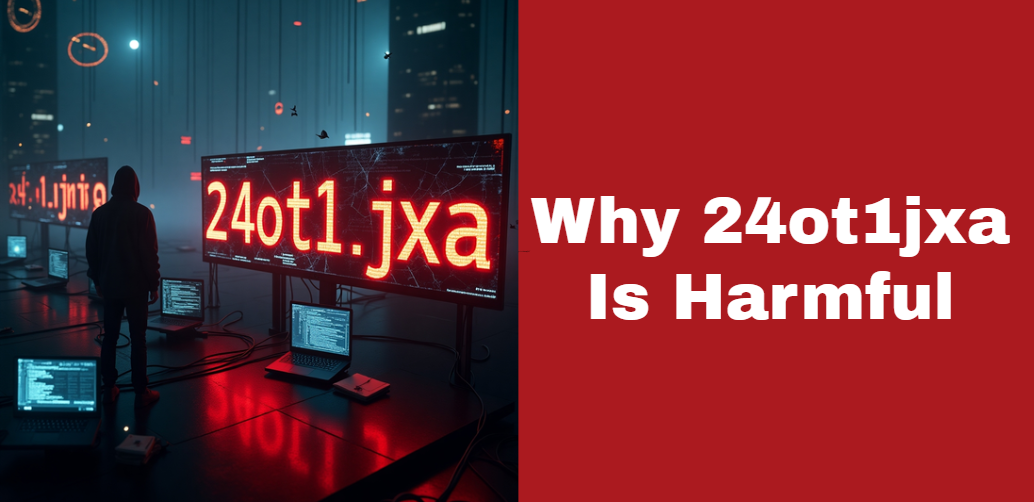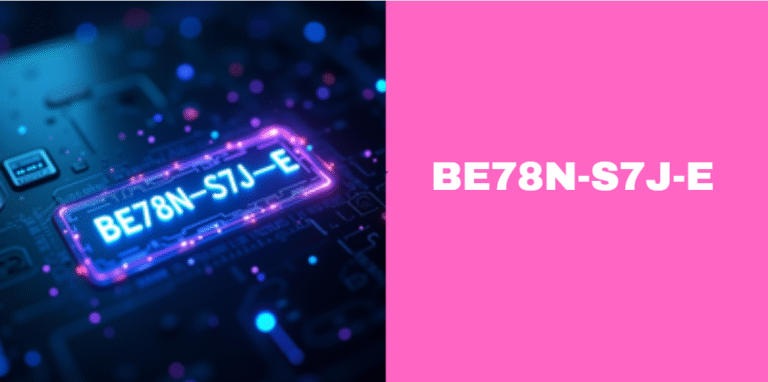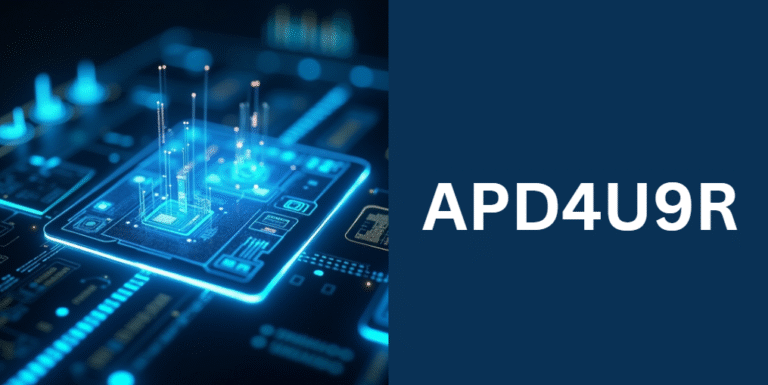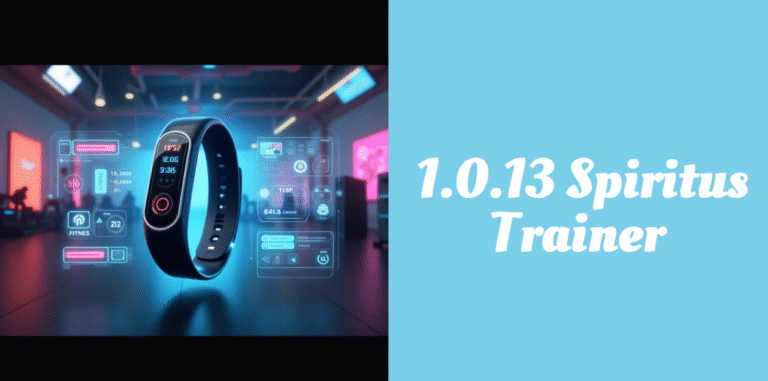Why 24ot1jxa Is Harmful: A Complete and Easy-to-Understand Guide
Cybersecurity threats have evolved beyond simple viruses. One such alarming digital threat is 24ot1jxa, a suspicious and potentially dangerous entity often associated with malware infections. If you’ve come across this term and are wondering why 24ot1jxa is harmful, this comprehensive guide will answer all your questions in a reader-friendly and detailed manner.
With the rise in cyberattacks, unusual strings like “24ot1jxa” are increasingly flagged in security reports and antivirus alerts. While the name may look random, it’s commonly linked to malware strains that damage systems, steal data, and disrupt digital environments. This article aims to unpack why 24ot1jxa is harmful, how it operates, and what steps you can take to stay safe.
Definitions & Background
The identifier “24ot1jxa” typically refers to a suspicious executable file or background process. These types of codes are usually used by hackers to disguise malware, making it hard for users and even security tools to recognize them. Unlike known software programs, these identifiers have no official source, which increases their risk profile.
In many cases, 24ot1jxa turns out to be a placeholder for malware components that are auto-generated or randomly named to evade detection. This randomness is a strategy known as polymorphism, commonly used by modern malware.
How 24ot1jxa Spreads
Understanding why 24ot1jxa is harmful starts with understanding how it enters your system. This malware often spreads through:
- Phishing emails with malicious attachments or links.
- Drive-by downloads from infected websites.
- Fake software updates or bundled applications.
- USB or external device transmission in shared environments.
Once inside, it silently installs itself and begins executing malicious functions without the user’s knowledge.
Core Threat Mechanisms
What makes 24ot1jxa truly harmful is its stealth and complexity. It often acts as a dropper, meaning its job is to deliver more dangerous malware like spyware, keyloggers, or ransomware. It may open backdoors in your system to allow remote control or data exfiltration.
Its capabilities usually include:
| Threat Mechanism | Description |
|---|---|
| Payload Delivery | Downloads and runs other malicious programs |
| Remote Access | Grants attackers control over your computer remotely |
| Keylogging | Captures your keystrokes to steal passwords or sensitive data |
| File Encryption | Locks files and demands ransom for decryption |
| Evasion Techniques | Avoids detection using code mutation and fileless execution |
All of these make it clear why 24ot1jxa is harmful and needs urgent attention.
Direct Impacts on Systems
Once 24ot1jxa becomes active on a device, users begin to notice significant system slowdowns. It consumes a high amount of RAM and CPU, causing your system to lag or even crash. Background processes may seem unfamiliar, and programs might stop responding. Even worse, it can corrupt system files, making it difficult to boot or use the operating system normally.
Additionally, it may block access to your antivirus or firewall settings, making it harder to remove the threat without specialized tools.
Data & Privacy Risks
Arguably the biggest reason why 24ot1jxa is harmful lies in its ability to compromise user privacy. It is often linked to data-stealing malware that scans documents, browser history, saved passwords, and even clipboard data.
Common targets include:
- Banking credentials
- Social media login information
- Personal documents and photos
- Business files and customer databases
This data is often sold on the dark web or used for identity theft, phishing campaigns, or blackmail.
Network & Ecosystem Threat
24ot1jxa doesn’t just stop at one device. It can scan the local network and replicate itself to other connected machines. This is particularly dangerous in corporate or institutional settings where multiple systems are linked.
The malware can:
- Infect file-sharing networks
- Hijack email accounts to spread further
- Use infected devices as bots in a larger botnet
This network-spreading ability shows why 24ot1jxa is harmful not just to individual users but to entire organizations.
Real-World Cases & Examples
Several real-world incidents have involved malware similar to 24ot1jxa:
Case 1: University Phishing Attack
A malware file identified as 24ot1jxa.exe was embedded in a document sent to university students. Once opened, it logged keystrokes and compromised hundreds of student accounts.
Case 2: Small Business Ransomware Infection
A small company experienced data encryption after a 24ot1jxa-associated trojan delivered ransomware. They were asked to pay in Bitcoin to recover their data.
These examples underline why 24ot1jxa is harmful in both personal and professional scenarios.
Who’s at Risk?
Anyone with internet access can be a target, but some groups are more vulnerable:
| Group | Risk Level | Reason |
|---|---|---|
| Home Users | High | Often lack advanced security tools |
| Small Businesses | Very High | Limited IT resources to detect and remove threats |
| Enterprises | Moderate | Have defenses, but attacks are more sophisticated |
| Educational Institutions | High | Less monitoring, high user base, frequent file sharing |
How to Detect Infection
Signs of a 24ot1jxa infection include:
- System running slower than usual
- Suspicious background processes
- Pop-up ads or redirects in browsers
- Disabled antivirus or updates failing
- Unexpected logins or account lockouts
Using security tools like Malwarebytes, Bitdefender, or Windows Defender with up-to-date virus definitions is essential to detect and remove the threat.
Removal & Incident Response
If you suspect an infection, take these immediate steps:
- Disconnect from the internet to prevent data leaks.
- Boot into Safe Mode and run a full system scan.
- Use malware removal tools to eliminate the infection.
- Delete suspicious files and registry entries.
- Reset browser settings and passwords.
- Backup and reformat if necessary.
In extreme cases, contact a cybersecurity expert or your company’s IT team.
Preventive Measures
To protect your system from 24ot1jxa and similar threats:
- Keep your operating system and software updated.
- Avoid clicking on unknown links or downloading attachments.
- Use strong, unique passwords and enable multi-factor authentication.
- Install reputable antivirus software and keep it up-to-date.
- Backup important files regularly to an external or cloud-based service.
Why It’s Critical
Beyond personal data loss, a 24ot1jxa infection can lead to:
- Legal consequences due to data breaches
- Business downtime and financial losses
- Damage to your reputation and customer trust
- Massive IT remediation costs
All of these show clearly why 24ot1jxa is harmful and not to be taken lightly.
Future Threat Outlook
Cybercriminals continue to innovate. Malware like 24ot1jxa is becoming smarter with AI-driven behavior and advanced obfuscation techniques. The future might bring even more elusive variants, making proactive cybersecurity a necessity.
Conclusion & Call to Action
If you’re still wondering why 24ot1jxa is harmful, remember this: it’s not just a random string—it represents a serious, evolving cybersecurity threat that can compromise your data, system, and financial well-being. Take preventive steps, stay informed, and always be vigilant online.
Protect yourself before it’s too late. Regular updates, secure browsing habits, and strong antivirus tools are your best defense against threats like 24ot1jxa.
More Posts
Can I Use a Lot of CILFQTACMITD? A Comprehensive, Easy-to-Understand Guide
Complete Guide to Filtro de Aire K0R-TEC1444: Features, Benefits & Installation Tips
Lankau v. The New School: A Comprehensive Look at the Lawsuit Shaping Education Policies
Does Medicaid Pay For Resmetirom Tablet In Nevada? Full Coverage Breakdown






